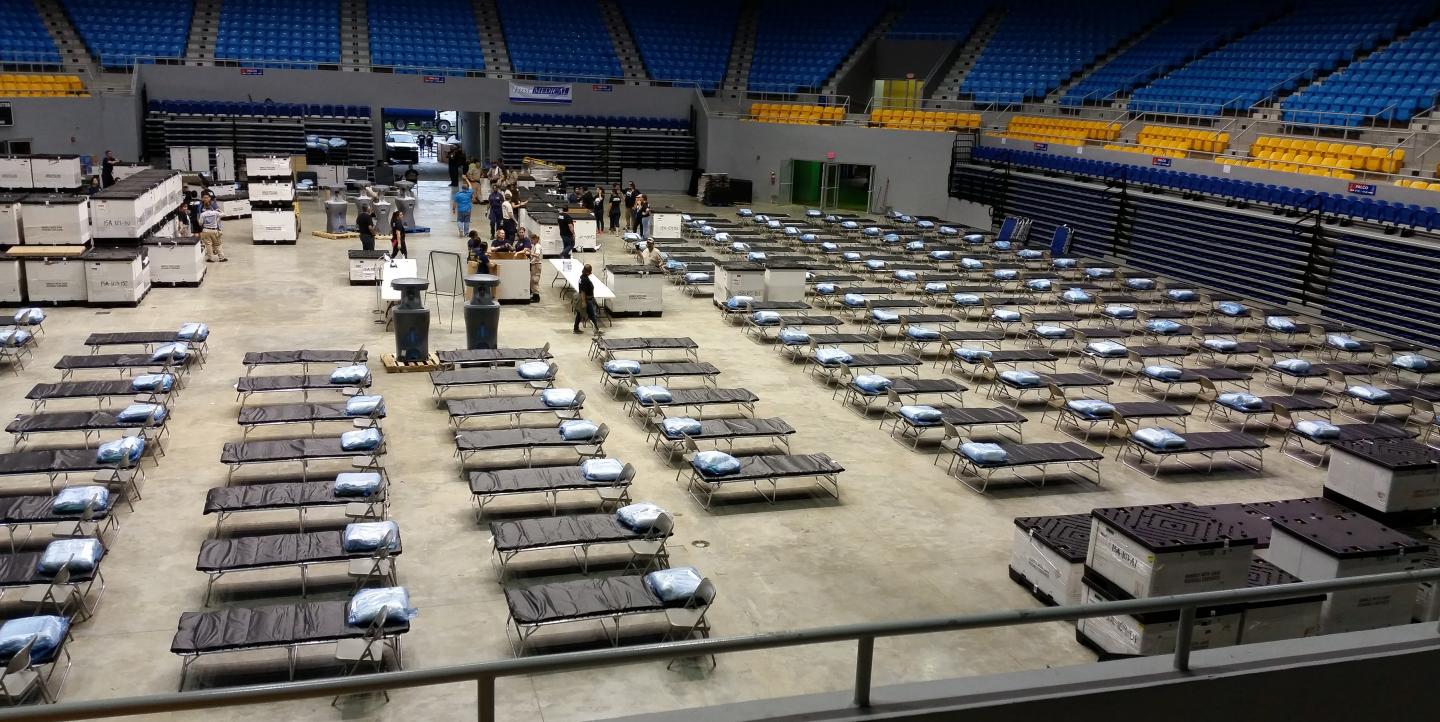We talked with Dr. Claire Standley, an assistant research professor at Georgetown University Center for Global Health Science and Security, as part of the Global Health Crisis Reporting Forum — a project with our parent organization, the International Center for Journalists (ICFJ). Dr. Standley specializes in the analysis of health systems, with an emphasis on prevention and control of infectious diseases as well as public health emergency preparedness and response. The online talk was moderated by Stella Roque, ICFJ’s director of community engagement.
This article is part of our online coverage of reporting on COVID-19. To see more resources, click here.
Dr. Standley discussed the consequences of the COVID-19 pandemic on public health systems around the world and who's prepared, who's not, and who's doing the best job of responding. What have various countries failed to do in advance that they need to implement in the future to prevent pandemics like this one? What is this pandemic teaching us about preparedness?
Here are some highlights:
How was the world caught off guard with the COVID-19 virus?
“The simple answer is no one was specifically prepared for this outbreak. Scientists and public health experts had been predicting that a pandemic like this could emerge. We’ve been talking about it for some time, urging countries to prepare, but the specifics were always unknown.”
[Read more: How are newsrooms keeping readers informed on COVID-19? Here are some examples from around the globe]
So, which countries were better prepared? Who has done the best job of responding?
“There are countries that have responded more quickly and some indicators that show better preparedness. Some of that comes from past experience with outbreaks...Countries that were affected by the SARS crisis in 2003 seem to have been ready when it comes to rapid testing and case management, particularly with isolating affected people and aggressively monitoring their contacts to limit transmissions.”
“South Korea has been widely praised for their very aggressive testing strategy, testing tens and hundreds of thousands of people. That actually came about due to the 2015 outbreak of MERS.”
Dr. Standley cited other areas of Asia, including Hong Kong, Taiwan, and Singapore, that worked quickly to blunt transmission of COVID-19. Her overall message was clear: Experience with previous epidemic outbreaks often counted when it came to preparedness for this pandemic.
There is no “one size fits all” solution to COVID-19. Do governments need to tailor their responses based on their social contexts? What do you recommend they do?
“Governments face a very difficult decision. To what extent is public health care their first and foremost goal? But, we also have to take into account socioeconomic considerations, especially people’s lives and livelihoods. Responses have to be tailored in those contexts bearing in mind what we know about the transmission dynamics and methods that seem to be effective, such as social distancing, which may be challenging for some to implement.”
[Read more: How can journalists protect themselves during the COVID-19 pandemic?]
Some governments are more transparent on testing and reporting the number of cases than others. What can journalists do to help fill the data gap? What sources can they turn to?
“There definitely is a role for journalism to help support transparency in a responsible way...That said, we need to be careful not to spread rumors or misinformation that may severely hamper response or cause people to behave in ways that may exacerbate transmission.”
“My understanding is that information is not being reported consistently across different countries. The ministry of health website is probably the main source to look to in terms of who has been providing this information [on number of tests and cases].”
What stories have been under-reported or not done yet?
“I would love for governments to be held to some unified standard in publishing information on the number of tests or testing capability, number of people coming forward to be tested, and identification of new cases.”
Dr. Standley suggested journalists might dig deeper into travel bans and social restrictions: “Do people see these methods as too aggressive, too invasive, or do they recognize them as necessary measures to stop the spread of COVID-19?” She also suggests looking at the economic impact of the virus.
How long should social distancing last for it to be effective in containing the general threat of the virus?
“In a few weeks of a very intense lockdown environment, you would expect cases to slow down – you would hope that would help relieve some of the pressure on the health system. It is going to be very interesting to see how governments respond to that. How well they can detect those reductions in cases, and at what point to strategically, carefully in a risk-proportionate way, ease some of the restrictions to allow some aspects of life to return to normal.”
The Global Health Crisis Reporting Forum from ICFJ and IJNet connects journalists covering the novel coronavirus pandemic with leading health experts, resources and each other. Learn more and join the Forum through its Facebook group. Journalists can use these insights and quotes in their stories.


